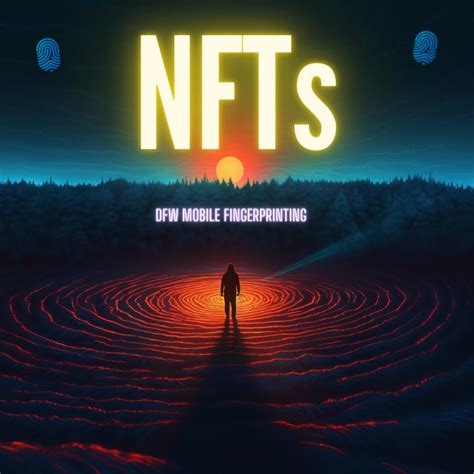The future of cryptocurrency and NFTS in decentralized finances
When the world becomes more and more digital, the concept of property and scarcity is developing. Two important players who are ready to revolutionize this room are cryptocurrency and non-focal tokens (NFTS). These units were at the head of decentralized financing (Defi), a term that includes blockchain technology, intelligent contracts and digital assets.
What is cryptocurrency?

Cryptocurrencies such as Bitcoin, Ethereum and Litecoin are digital or virtual currencies that use cryptography for safe financial transactions. They work independently of central banks and governments and enable users to send and obtain value without the need for intermediaries. The most remarkable aspect of cryptocurrencies is their decentralized nature, in which transactions are recorded as a blockchain in a public main register.
What are non-fascular tokens (NFTS)?
Non-masterful tokens or NFTs are unique digital assets that represent ownership of a certain object or a certain experience. In contrast to funny tokens that can be exchanged for identical copies, NFTS are unique and have different properties. They are created with blockchain technology and can be bought, sold and traded like traditional art.
The connection between cryptocurrency and NFTS
The intersection of cryptocurrency and NFTS is becoming increasingly clear. NFTs were used to present property of various digital assets such as music, art and collector’s pieces. Cryptocurrencies, on the other hand, are often used as a means of payment for these digital articles.
In decentralized finances (Defi), cryptocurrencies can be used to finance credit markets, stable coins or even Defi protocols themselves. This integration has aroused interest in NFTS within the Defi ecosystem. Some platforms such as OpenSea and rarible have recorded cryptocurrency letters in their user interfaces so that users can hold and transmit cryptocurrencies alongside their digital assets.
The rise of the NFT marketplaces
NFT marketplaces such as Openea and Rarible have become a popular hub for buying, selling and trading with NFTs. These platforms use the blockchain technology to facilitate transactions and create a decentralized marketplace. The use of cryptocurrency has made it possible for users to pay these assets more efficiently and safely.
Advantages of cryptocurrency and NFTS
The integration of cryptocurrency and NFTS offers several advantages:
- Decentralization : Both cryptocurrencies and NFTS work independently and ensure that the transactions are safe and transparent.
- Safety : Blockchain technology offers a safe environment for storing digital assets.
- Owner : Cryptocurrencies and NFTs offer unique owner models with which users can demonstrate their rights to a specific digital asset.
V.
barrier -free : The use of cryptocurrency has opened the world of digital assets for people worldwide.
Challenges and opportunities
While the integration of cryptocurrency and NFTS is promising, some challenges still have to be addressed:
- Regulation
: Governments and supervisory authorities must set clear guidelines for the use of cryptocurrencies and NFTs.
- Scalability : The scalability of the blockchain technology must improve to support a large transaction volume.
- Interoperability : Various platforms and protocols may not be compatible, which requires the development of standards for interoperability.
Despite these challenges, the potential rewards for the integration of cryptocurrency and NFTS are great:
- Increased adoption : The use of cryptocurrencies and NFTS can lead to increased acceptance in decentralization -financing ecosystems (decentralization finance).
2.